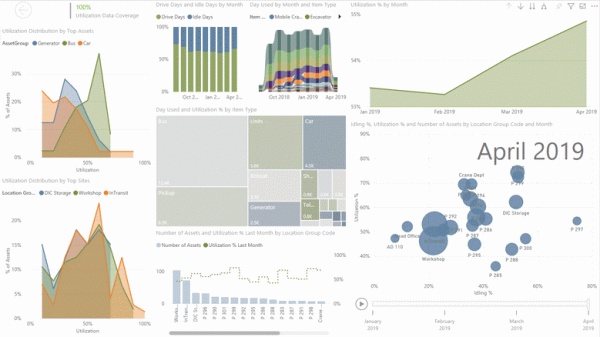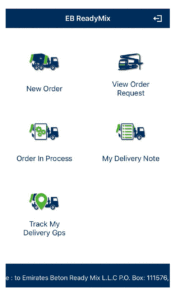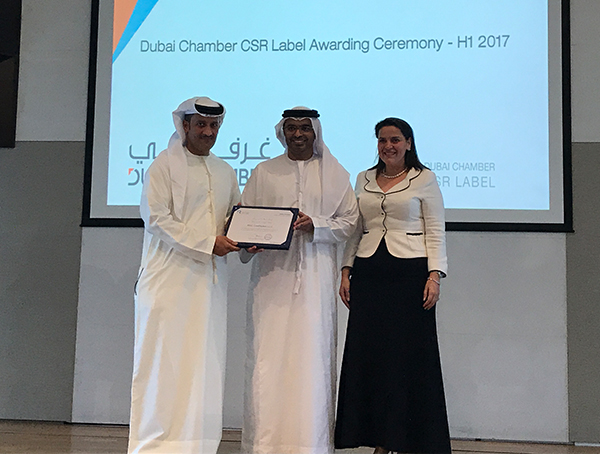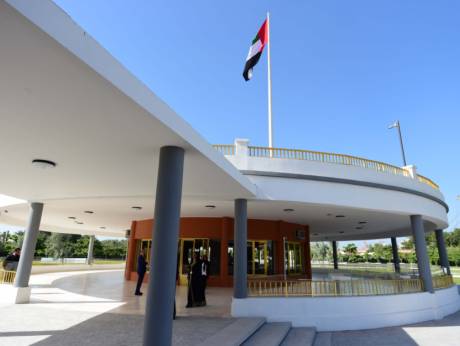
From the tracking of equipment to an app for concrete and machine-learning precast tools, ASGC is using tech to transform its approach to construction
Amid the ongoing digitalisation of construction, one Dubai-based organisation that is a prime example of change in process is ASGC, which is implementing an array of digital systems aimed at transforming the way in which its resources, projects and customer interactions are managed.
A fundamental and group-wide change under way at ASGC is the deployment of asset management software (AMS) to manage each and every construction resource, from equipment to spare machine parts and precast concrete structural elements, throughout its lifecycle.
For its physical infrastructure, the AMS makes use of a combination of Bluetooth radio frequency identification (RFID) and GPS tags for unpowered and powered equipment respectively. At its simplest level, this allows the AMS to provide comprehensive asset-tracking functions across the group, enabling it to raise alerts in response to unauthorised movements and provide ASGC project supervisors at the touch of a button.
The holistic nature of ASGC’s AMS, however, means its true value lies in the analysis and optimisation of productivity and costs that it facilitates.
Plant and equipment are also equipped with smart sensors that deliver real-time telematic updates on engine health and the behaviour of equipment operators. All of this information is in turn fed into the enterprise resource planning system to allow issues or delays caused by problems with plant, equipment and personnel to be factored into the cost of operation and the organisation’s operating cash flow.
Although it is only six months since the project’s implementation, the AMS is already delivering results. As Shiv Shankar, manager for IT strategy and transformation at ASGC, notes: “We have seen huge benefits, including improved asset utilisation and reduced idle time. In all, there has been a 3 per cent improvement in asset utilisation and a 4 per cent reduction in fuel consumption.
“We have the equipment at our fingertips, and the result is greater efficiency across all of our projects. It helps us finish on time, on schedule and under budget.”
Concrete appification
 Another development being worked on by the group is the integration of the point-of-sales process and asset tracking for ready-mix concrete orders from Emirates Beton into a mobile application.
Another development being worked on by the group is the integration of the point-of-sales process and asset tracking for ready-mix concrete orders from Emirates Beton into a mobile application.
The app has been designed to handle the full order process for the business, recording everything from the properties of each mix to the size and interval between batches. It provides live updates on the status and the location of each batch, as well as the estimated time of delivery incorporating any delays due, for example, to traffic.
“This is a customer-focused application that provides more transparency on the status and delivery of customers’ orders,” says Ahmed Adel, IT manager for ASGC’s Concrete Industries Complex. He notes that the improved level of transparency is also benefiting Emirates Beton internally by reducing confusion over order status and delivery that could potentially lead to costly administrative mistakes.
So far, there has been an extremely positive reaction from customers to the new ordering system, which supersedes a website browser-based system that could be tricky for project managers to access on site.
Precast planning
 A third highly significant development underway within the group is the implementation by Hard Precast Building Systems (HPBS) of a full integrated precast management software developed internally to manage the entire precast lifecycle from design through to installation, that feeds directly into BIM project models.
A third highly significant development underway within the group is the implementation by Hard Precast Building Systems (HPBS) of a full integrated precast management software developed internally to manage the entire precast lifecycle from design through to installation, that feeds directly into BIM project models.
Within the system, HPBS has implemented a machine-learning solution that works to categorise the precast components based on their complexity and similarity to each other in order to optimise production, delivery and installation by, for example, scheduling the manufacture of similar parts together.
As Adel comments: “The system was engineered and developed using the latest technology to meet the objective of delivering complete control over the precast element lifecycle to minimise costly surprises and waste, improve efficiency and quality, and ensure live visual status of the project available for stakeholder instantly.”
ASGC notes how construction has been following automobile manufacturing, where simple, repetitive processes over and over again on a production line with standard components. At HPBS, which does not use standard components, the new management system is helping to bridge that gap.
Speaking on the broader technology trends, ASGC controls director Maged el-Hawary, notes: “When you bid on construction contracts, the margins are so thin and the competition so tough that anything that improves your supply chain can gain you a huge margin advantage – you have to have some sort of differentiator.”
For ASGC, this differentiator has now become digital technology. El-Hawary adds: “Our CEO, Bishoy Azmy, is very dynamic and he sees what technology and innovation can do. So he’s a huge support of these initiatives and we’re really carving our way from a digitalisation perspective.”
Source: meed.com
More to Explore





